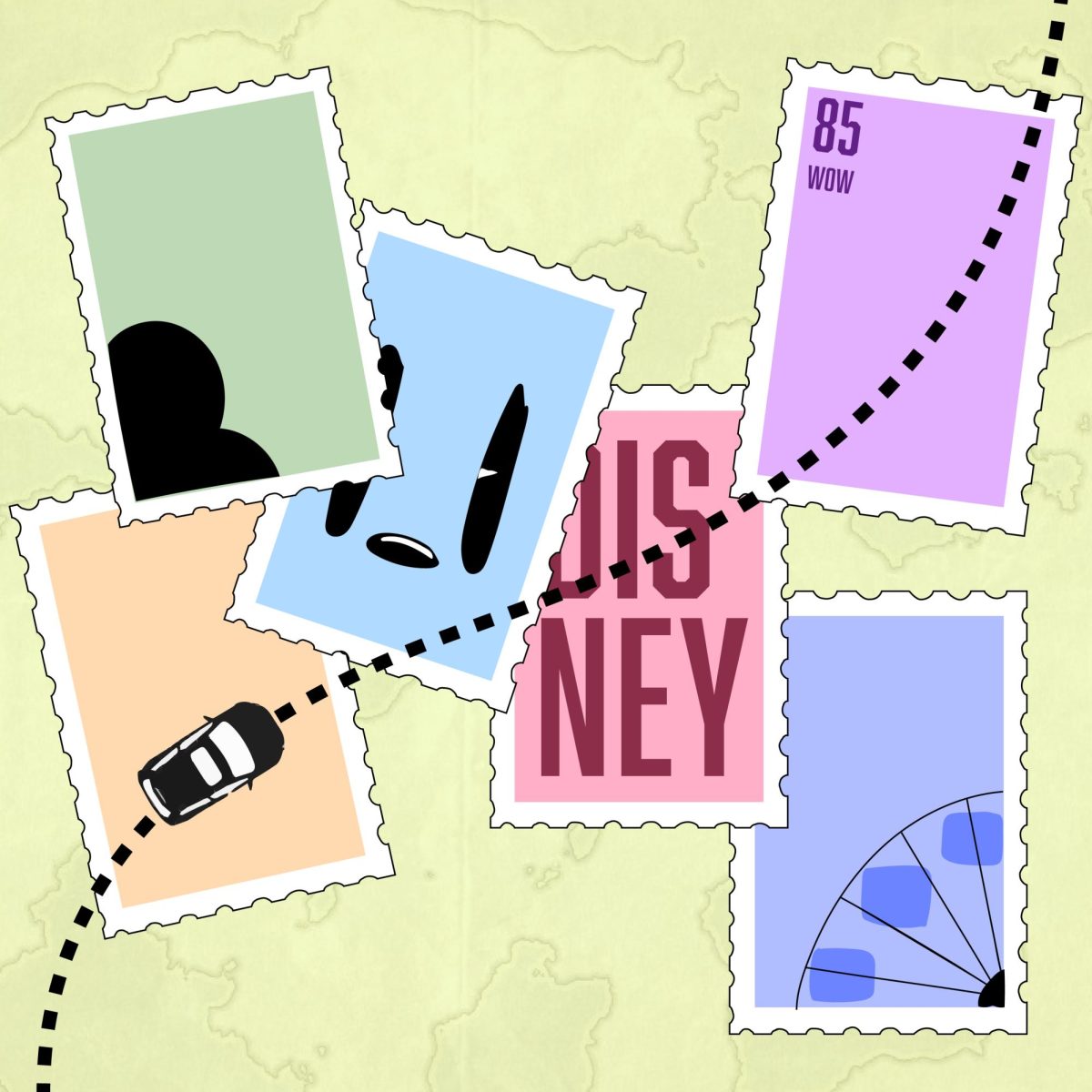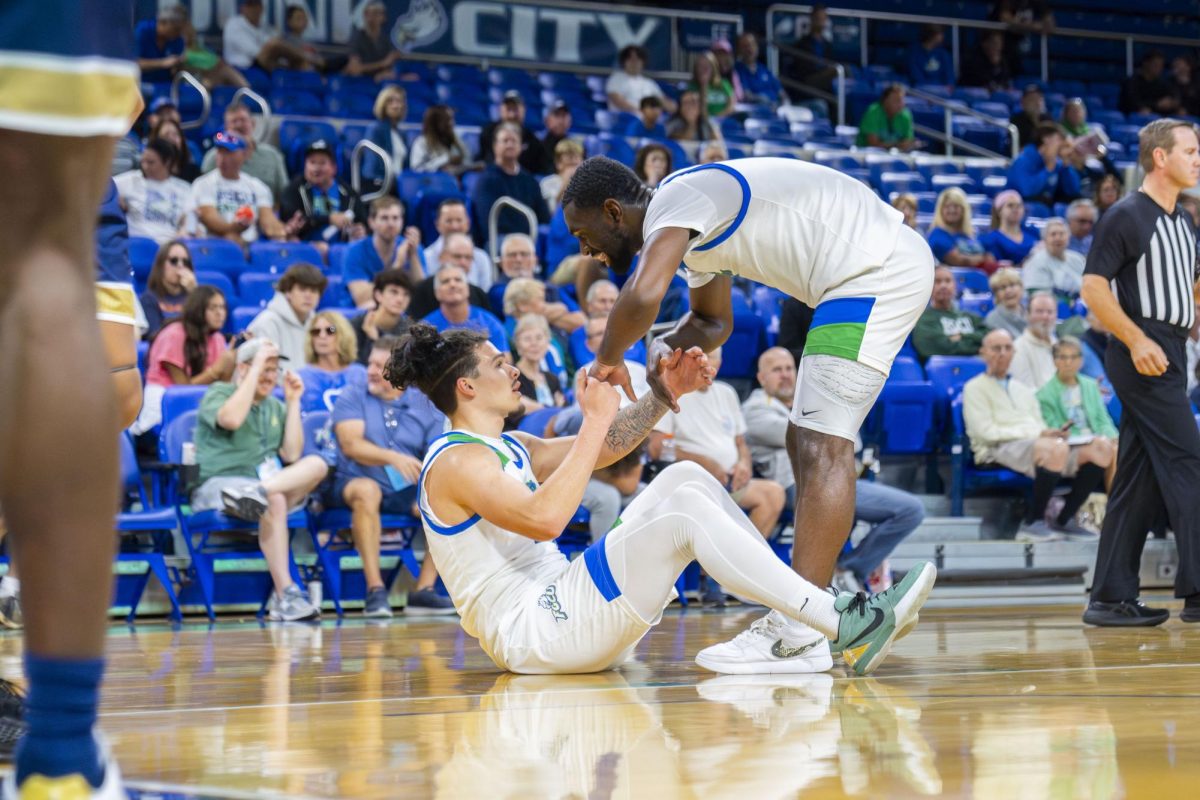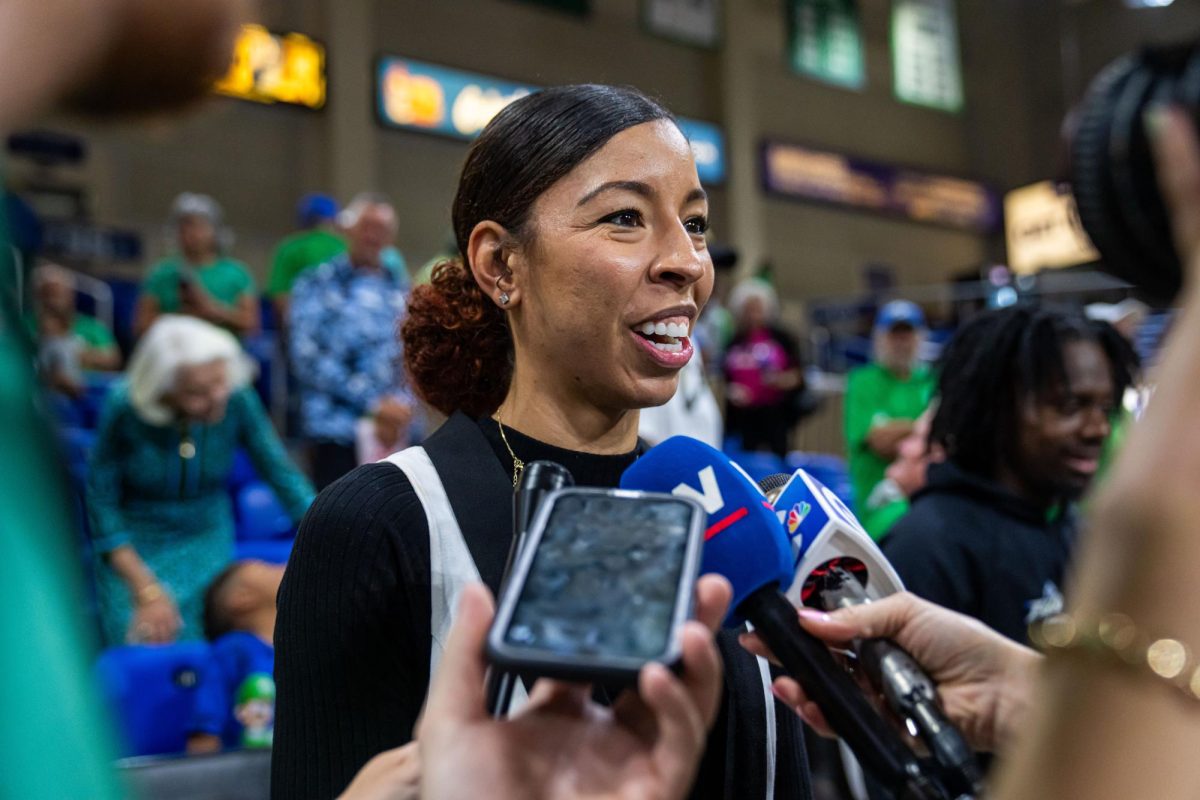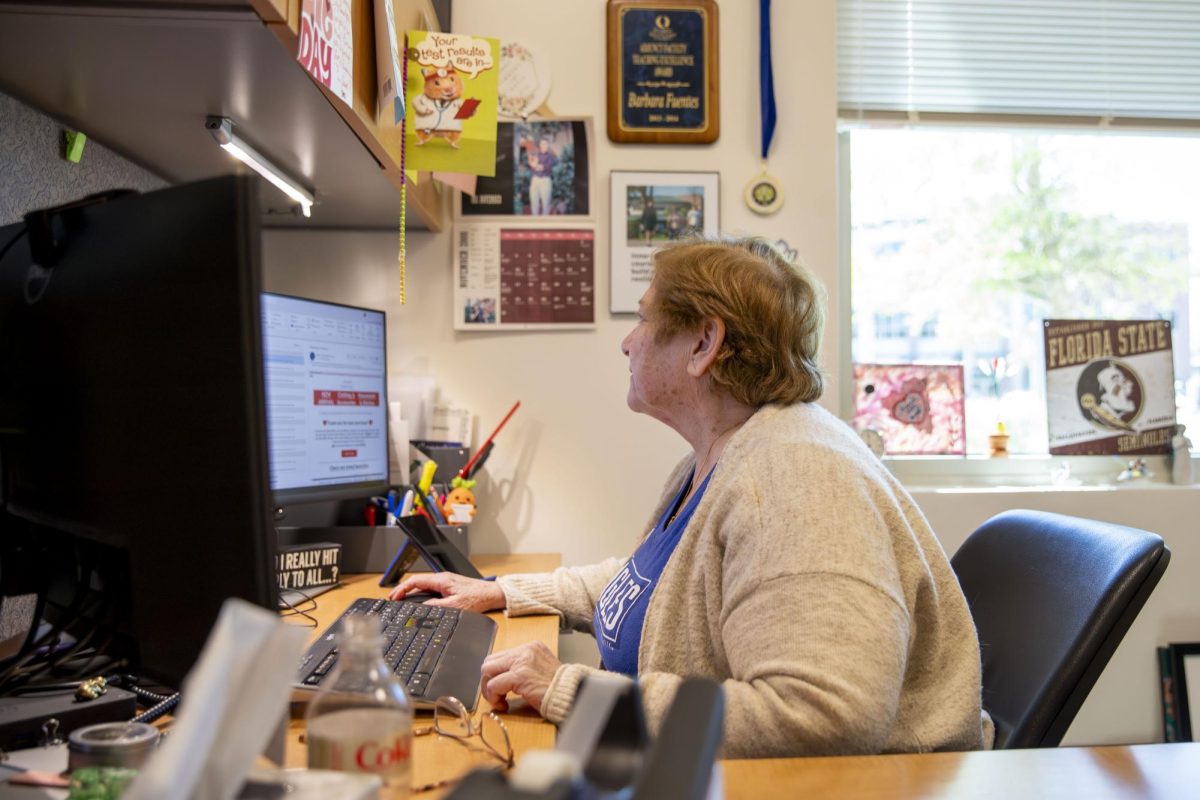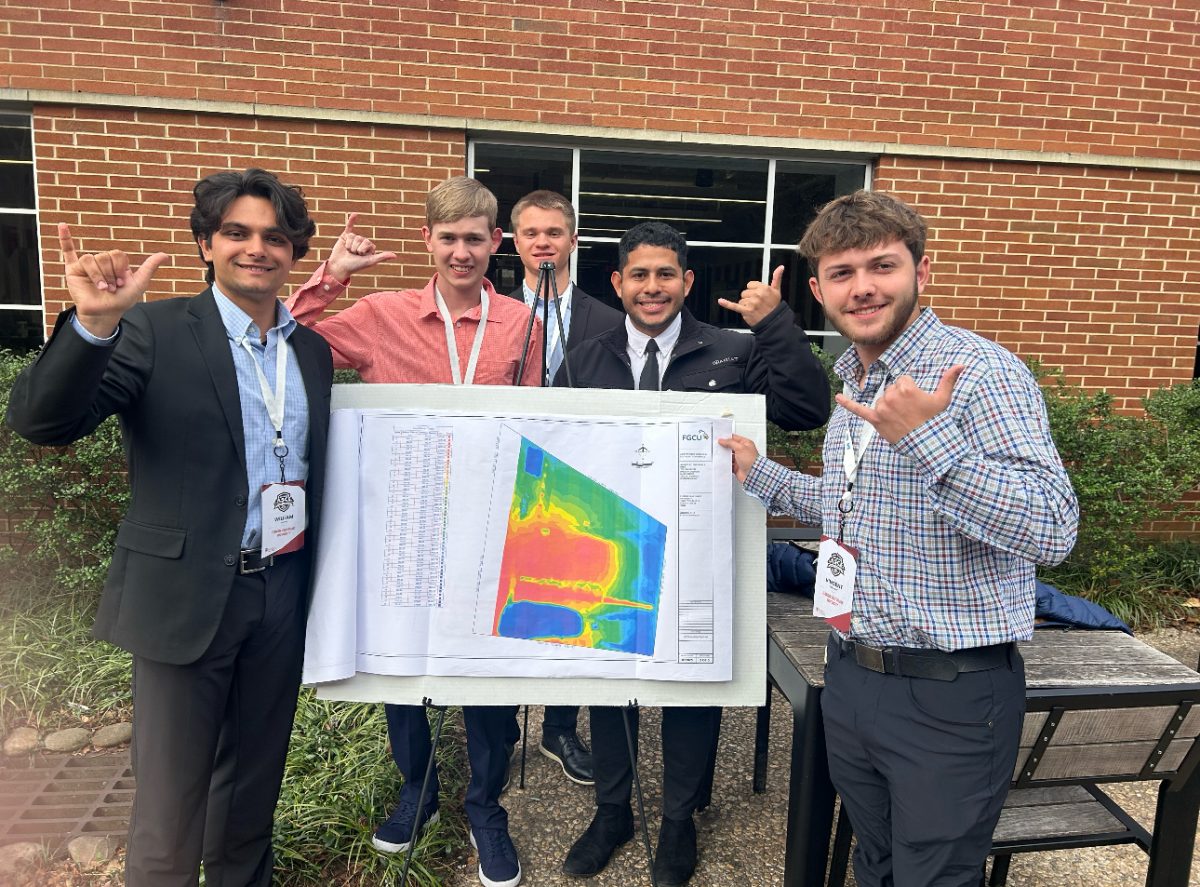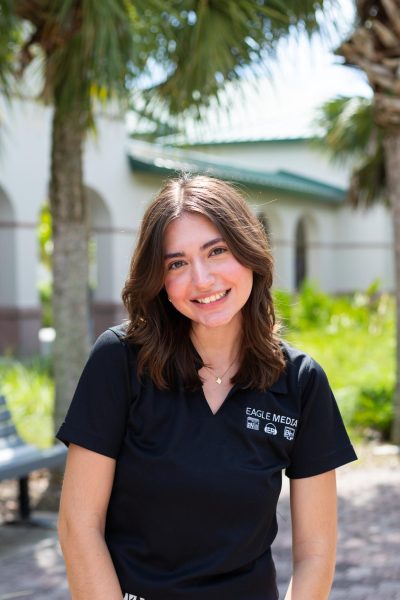With his 40 years of experience in the media and entertainment industry, John Lack has dedicated his career to coming up with the next big thing. Best known for creating MTV, his innovative thinking has been vital to the growth of music and television marketing. Now, he is faced with a new challenge: teaching.
His journalistic career began when he attended Boston University, where he pursued a bachelor’s degree in journalism.
Once he graduated, he decided to explore a specific branch of reporting. Lack attended Northwestern University and received a master’s degree in broadcast journalism.
While pursuing his doctorate at the Annenberg School for Communication at the University of Pennsylvania, he became a producer-director at KYW-TV, a television station in Philadelphia.
In the 1970s, Warner Cable Communications hired Lack to be the executive vice president of programming and marketing at Warner Cable, now known as Warner Amex Satellite Entertainment. This is where his first innovative idea was developed.
“Warner Cable had a house pay service called Star Channel,” Lack said. “My charter was to develop cable channels for specialized audience’s entertainment. We knew from all the research that what people wanted in pay television was all movies, all the time, with no commercials. So, we went to all the movies, all the time, no commercials. And we renamed it The Movie Channel.”
Within a year, the channel went from 50,000 to 400,000 customers.
Soon after, he moved to Columbus, Ohio to work on QUBE TV, an interactive cable television network for kids. The channel launched in 1977 under Warner Communications.
This led to the development of the first cable channel for children: Nickelodeon.
“There was a bunch of kids programming that we played [at QUBE]. We realized at one point that we could do a channel of it up on the satellite and distribute it to all cable systems. It was a very important franchise tool for Wired Cable, which was acquiring cable systems around the country. And we had Nickelodeon, which every community wanted,” he said.
The channel officially launched in 1979.
Soon afterward, the concept that would eventually become Lack’s most well-known accomplishment was introduced to him.
In 1980, Michael Nesmith, a member of the pop rock band The Monkees came to Lack with a show called PopClips. It was a half-hour video music-video program used as a promotional device for Warner Communications’ record division.
“We put it on QUBE and tested it and it tested very highly. I realized that it could be a channel by itself- video music. That was the beginning of MTV,” Lack said.
On August 1, 1981, MTV was launched with the words, “Ladies and gentlemen, rock and roll,” spoken by Lack and played over footage of the first Space Shuttle launch countdown of Columbia and the launch of Apollo 11.
In the early 1990s, Lack was offered the executive vice president of marketing and programming position at ESPN. Lack’s objective was to make the program more consumer-friendly.
He also developed ESPN 2 to cater to a younger audience. The counterpart focused on playing sports ranging from mainstream events to other unconventional sports.
At the end of 1998, Lack was asked to become a board member of Stream, Telecom Italia’s [now Sky Italia] paid television outlet in Italy.
In early 1999, Lack moved to Rome. While there, he was able to negotiate a deal for soccer.
“One of the worst teams won the championship and our subscriptions skyrocketed,” Lack said.
Stream went from 50,000 to half a million customers in a year and a half.
In 2010, he became a chief partner for FireMedia Partners, a consulting company, primarily focusing on start-up projects. He still works with this company today.
Nine months ago, Lack moved to Fort Myers. He decided to teach.
Lack met with FGCU Business Professor Eric Dent to discuss teaching a course at the university.
“His resume is just unbelievable,” Dent said. “He just seemed to have exactly the kind of personality and skill set that would make for an outstanding FGCU professor. I could tell he cared about students and was dedicated to learning. He brought a lot of integrity and ethics into everything he did. So, it just seemed like a win-win.”
The course, Special Topics in Journalism: Media Perspectives, centers on the various aspects of the media industry. The first half focuses on understanding print, radio, television, the internet and social media. The second half will be based around the future of media.
When developing the course, he wanted to focus on implementing discussion-based learning.
“It’s not about me lecturing them [the students]. Occasionally, I tell stories that they love, but that is not the course. The course is ‘Here is something, what do you think?’ Because what I want them to have at the end of the course is their own media perspective.”
Carly Gugel, a senior pursuing a bachelor’s degree in journalism, joined the class to learn about potential job positions in the industry.
“He provides great feedback, whether it is in class or on Canvas, for our assignments. He also just loves to get our opinions and create such intriguing conversations for us to discuss in class,” she said.
Overall, Lack has enjoyed his time teaching so far.
“Media perspective has a lot to do with how we communicate with each other,” he said. “So, it’s an honor to be teaching here, having this conversation with my students.”





